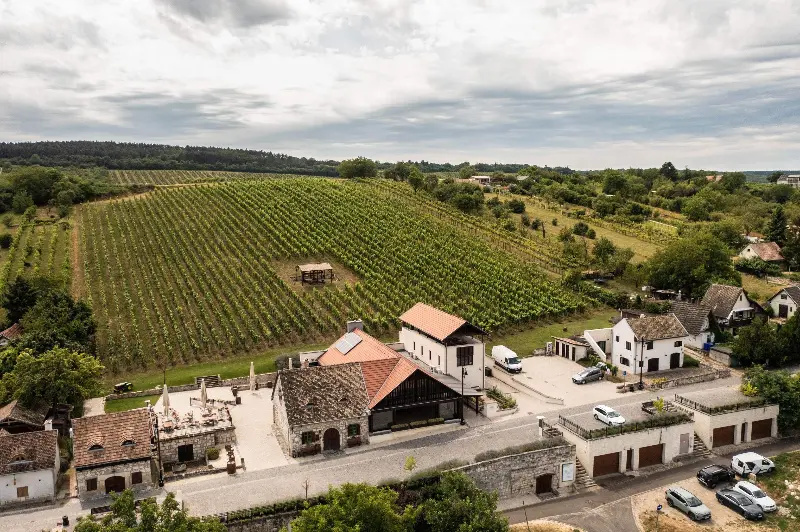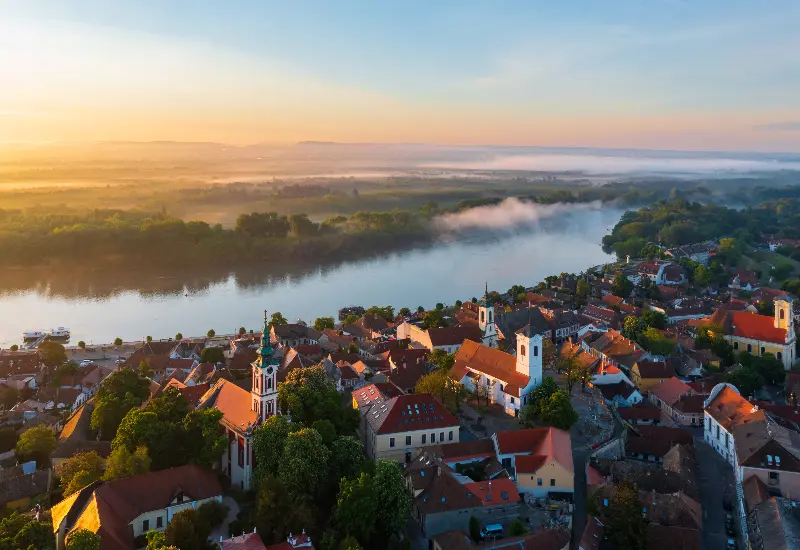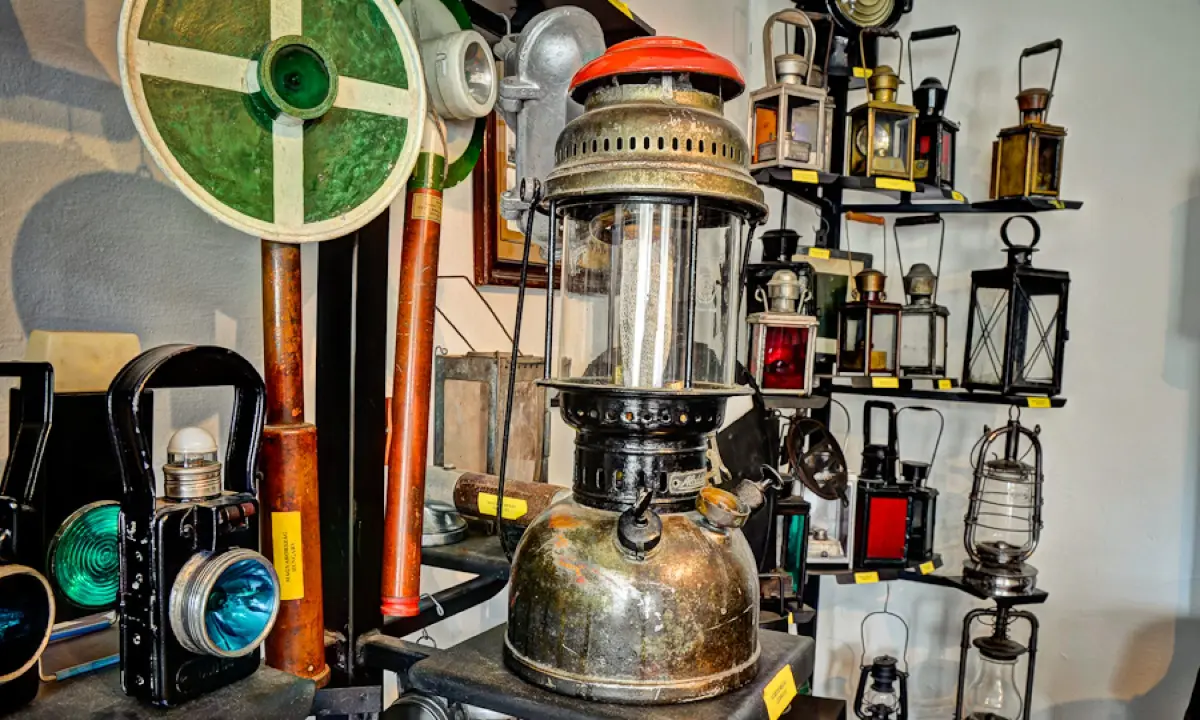
Helyszín címkék:
Aristocratic candlestick and swineherd’s hat – 7 special themed rural museums
Hype&Hyper
Advances in technology, changing habits and a wide range of costumes are often best illustrated by a single phenomenon or theme. In many places in our country, you can find special exhibitions in which the history of an object is presented in depth – we recommend some of them.
Lamp Museum, Zsámbék
The Lamp Museum in Zsámbék has been open to visitors since 1979, thanks to Ferenc Borus, the founder of the museum and an honorary citizen of the municipality, who not only collected, but also repaired and restored lighting devices. The collection, which is a rarity in Europe and unique in our country, contains almost everything from Roman oil candles to aristocratic candlesticks and railway lamps. Among the rarities are a pair of empire candlesticks from the Sándor-Metternich castle and a standing lamp converted from a Chinese vase. With more than a thousand exhibits, the museum was entered in the Guinness Book of World Records in 1995.
Railway Lamp Museum, Fertőszéplak
There are also different types of lamps. Proof of this is the Railway Lamp Museum in Fertőszéplak, where you can view the private collection of József Haragovics. The collection has been in existence since 1977 and the museum opened in 1995 – the founder-collector has painstakingly restored objects of industrial historical importance that were saved from destruction. The collection of nearly 300 pieces from more than 30 countries (ranging from the Netherlands to Mongolia and from New Zealand to Cuba) is also unique in the region. The oldest piece dates from the mid-nineteenth century, but there is also a modern LED lamp.

Carriage Museum, Kocs
Where does the carriage come from? Of course, from Kocs! The carriage (or in Hungarian: kocsi) is a Hungarian invention and comes from the village of Kocs, and its uniqueness is shown by the fact that the word is found in several European languages and has the same meaning. In the Carriage Museum exhibition, you can learn about the tools used by the carvers and blacksmiths, the makers of the harness, the strap makers, and see faithful reconstructions from the fifteenth century, all following the stages of carriage making.
Tractor Museum, Újpetre
You can visit a tractor museum in Újpetre: the collection created by Ottó Palotai includes an American Fordson – the world’s first large-scale production tractor with a petrol engine – a Russian Vladimirec, a German Hofherr and a Dutra from the Hungarian tractor factory Red Star. Here you can see all the tractors that have been used on home soil. Most of the more than fifty tractors and ten other types of machinery are in working order and will be taken out into the fields for the harvest celebrations.
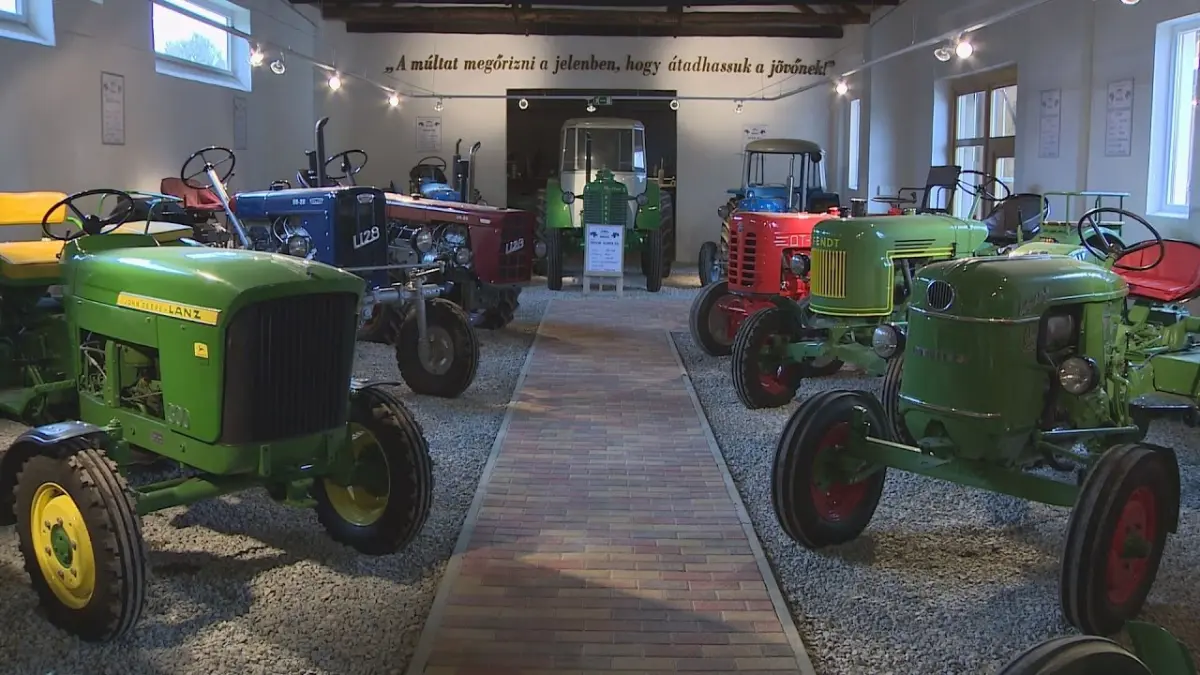
Reel Tape Recorder Museum, Terény
The Orsósmagnó (Reel Tape Recorder) Museum in Terény, Nógrád County, has one of the largest collections of its kind in the world. The exhibition of the collection of Vilmos Nagy, who died in 2021, opened in 2002. In addition to all types of Hungarian tape recorders, all the manufacturing countries are represented at the historical exhibition of sound recording and playback: nearly five hundred devices of one hundred and sixty companies. At the same time, it also includes the antecedents – Edison’s phonograph, gramophones. One of the unique features of the exhibition is that each device plays music from the time and place of its release, making it unique not only from a technological but also from a musical point of view.
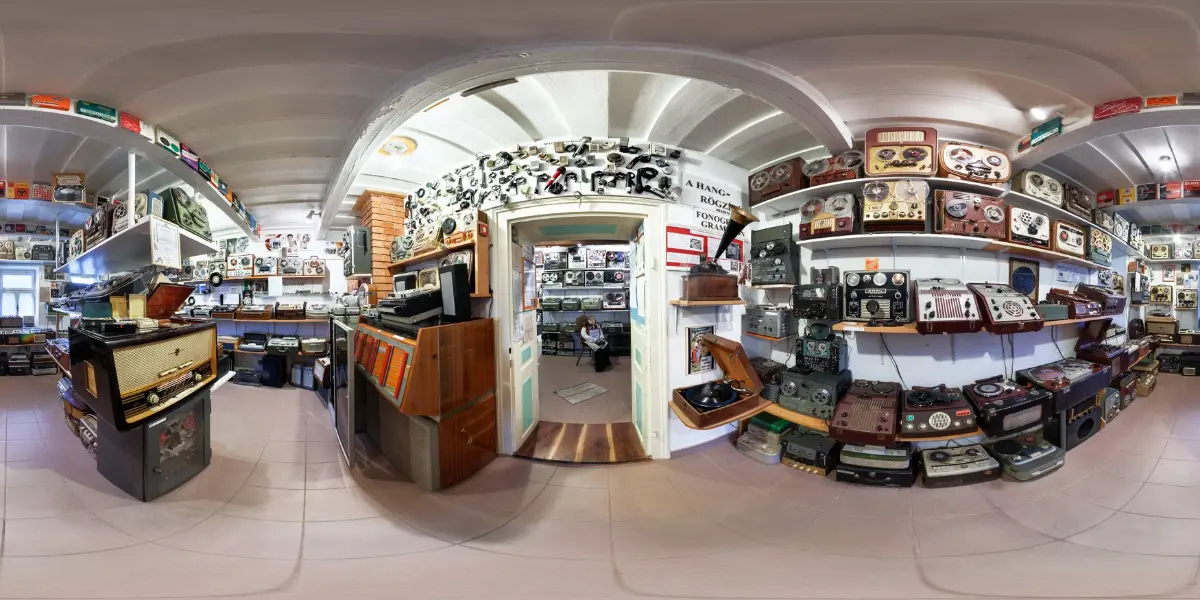
Hat and Cap Museum, Nagydorog
The Hat and Cap Museum in Nagydorog is based on the collection of Artúr Stockinger, who was born in 1926 and was the parish priest of Nagydorog from 1974 until his death in 1994. The exhibition opened in 1995 with around fifty pieces, and since then there have been added one hundred and fifty hats, caps and a few costumes from almost all over the world, including fez, tubetejka, turban and kippah. In the collection, which is themed by continents, many typical Hungarian hats are also represented – for example, the pörge or swineherd’s hat. During his travels, Father Stockinger collected hats, which he wore, so he sometimes appeared in a Mongolian hat or a Lapland cap.
Collection of Weighing Scales and Measuring History, Neszmély
The Collection of Weighing Scales and Measuring History in Neszmély tells the story of the development of units of measurement. The collection presents measuring instruments from antiquity to the present day, such as the travelling scales used in trade for authentication and pieces in the shape of the Chain Bridge. You can also touch and try out the exhibits.
You should check the opening times of the exhibitions in advance.
